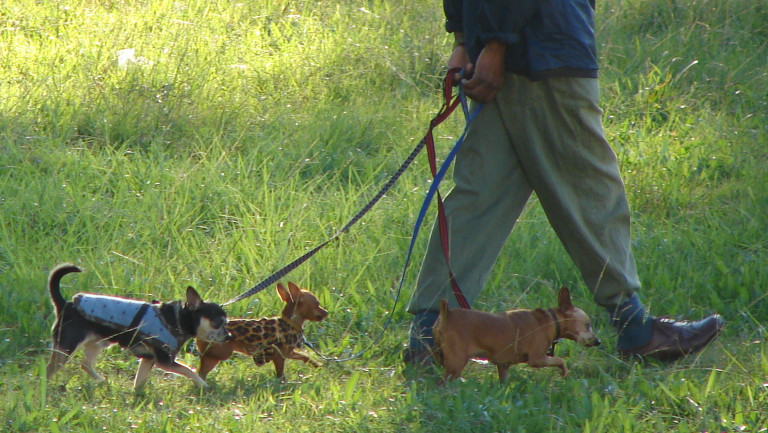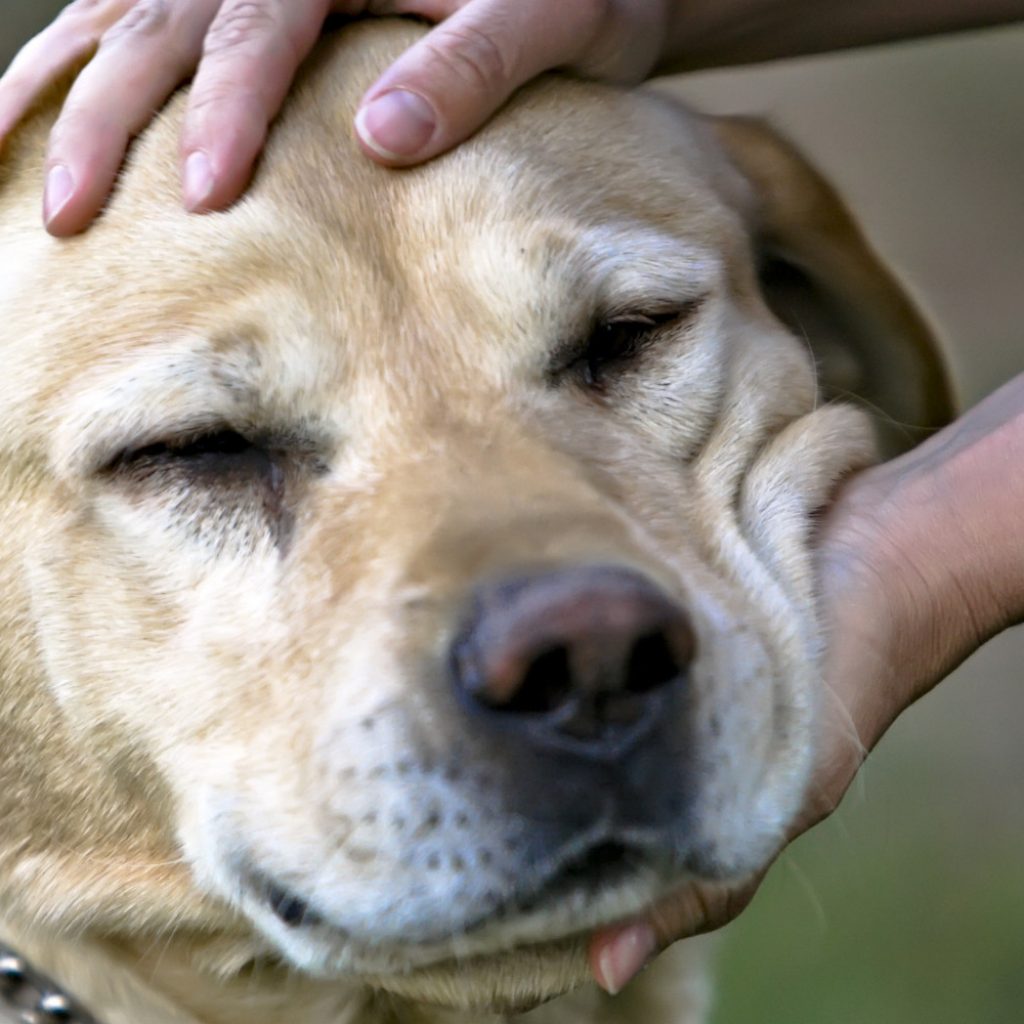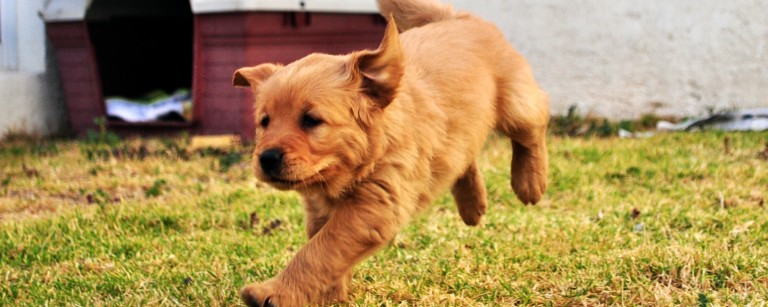Myth Alpha Roll
Myth - Alpha Roll
Old dog training methods recommend that to teach your dog who is the boss, you should force him over on his back so that his belly is exposed. This is based on the myth that the Alpha wolf physically turns subordinates over to show that he is the most powerful and deserves to be pack leader. In fact, if you watch videos of wolves or observe a mother dog who is correcting her puppy, you will see the subordinate canine roll himself on his back exposing his most vulnerable side in deference to his superior. This is a show of respect freely given.
If we try to force a puppy over on his back, we can certainly do it if he is submissive by nature.
But with a confident and assertive puppy, you will have a struggle and that struggle will prove to the puppy that conflicts are won by force and the strongest and biggest wins. This does not create respect but could very well initiate fear in the puppy. Sometimes it might even lead to the defensive behaviour of making the first strike if the puppy perceives an imminent threat.
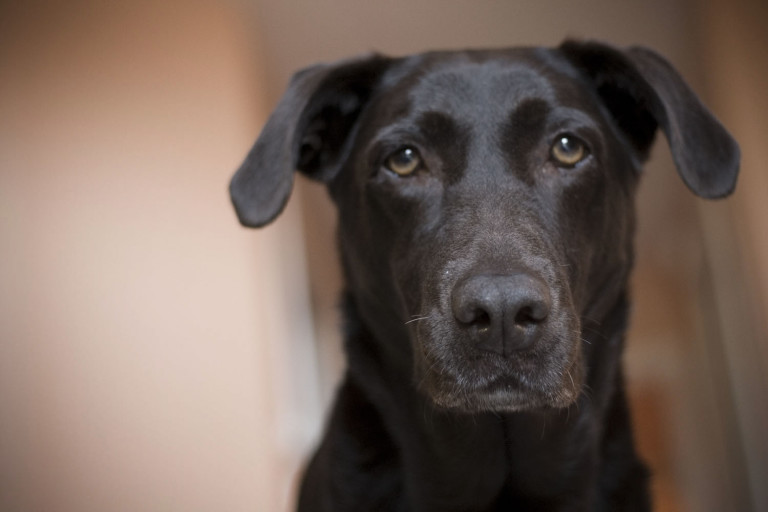
When should I start home dog training
When should I start home dog training?
Often our customers, right at the end of that first lesson, tell us “I should have done this a long time ago”. Most of the time, our clients are very patient and tolerant having put up with all types of unwanted canine behaviour. We had many clients admitting to us that on their way home from work, they were dreading their dog and wishing that they didn’t have one.
What we hope, is that you never reach this point before you decide to call for help. To that end, we would like to help you in these next few paragraphs by sharing our clients’ reasons why they hesitated to go ahead with the training and hopefully help you decide that your dog deserves to become a good canine citizen.
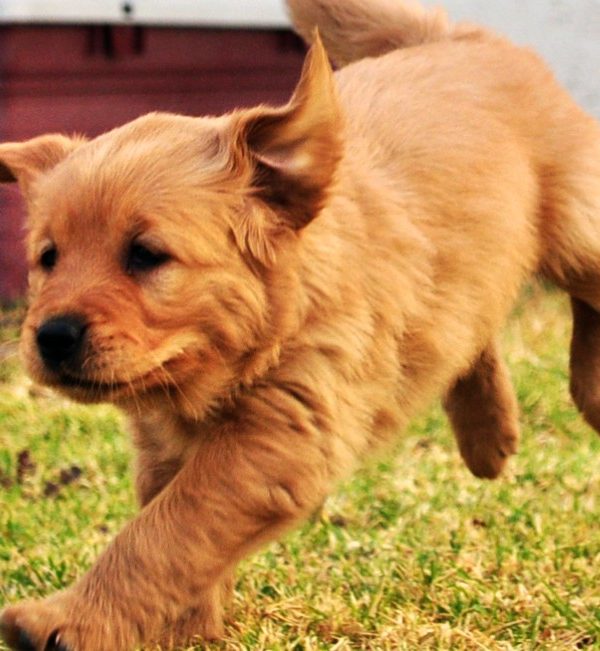
"My dog is too young (or too old)"
Dogs can learn new behaviours at any age. When your dog is a puppy, unwanted behaviours can develop very fast. It’s important to be able to guide your dog on the right path before these behaviours really make your life together unpleasant. A puppy can be trained very early. We had a client who booked their first lesson the day their new puppy arrived. We had another who was even more proactive and had their first lesson a week before the puppy’s arrival. The youngest puppy we trained was 6 ½ weeks old. Her owners were unable to sleep because of separation anxiety. We saw this Doberman grow up to become a great family member.
The oldest we trained was a 14 ½ year old Australian Shepherd that barked constantly unless the owner was petting him. She warned us that he would be euthanized if we could not fix him. The lesson was a great success and he passed away of natural causes 2 years later. The owner was thrilled and cried when she saw the difference in her dog. She had come to believe that nothing could be done with an old dog.
"He will get better when he is older"
We say that if you don’t want your dog to do something when he is older it should be nipped in the bud when he is a puppy. Early barking may seem cute but if you don’t correct it when he’s young it can turn into a real nuisance. If your puppy runs your life, you need help.
Fearful puppies can have a terrible life and become aggressive if their owners are not trained to help with this type of behaviour and canine temperament. If you feel that the behaviour of your fearful dog is overwhelming, please call
for help.
"He growls often but would never bite"
When a dog growls, he is warning you. If it happens often, it really needs to be handled as quickly as possible. We have to be aware of why the dog is growling. Most canine aggression comes from fear. When we are afraid, we try to avoid the situation by removing ourselves from it. Unlike humans, a dog will actually attack the source of its fear if it can. He might just lunge towards what he fears, hoping it will go away. If cornered, a fearful dog will attack. Remember dogs have what we call the “fight or flight” reaction. If unable to escape a situation they will attack. What we call leash aggression comes from the inability of the dog to flee while he is on leash.
Living with a dog should be a wonderful experience. We’ve noticed with our many home dog training visits that children who grow up with dogs become better people. We also notice that people who have dogs are better people. This is why we love what we do and we love bringing harmony to the lives of people and their dogs.
"So when should I have my dog trained?"
If you have thought about it a few times, the answer is now. Please do not hesitate to call. We are here for you and we are more than happy to help.
Will neutering my dog make him fat
Will neutering my dog make him fat?
Dog behaviour
One of the common myths of dogs is that neutering them will make them fat. In fact, when you remove the sexual drive, a dog will naturally turn his focus on his owner and food. Often people want to please their dog or feel sorry for him after the surgery and will give him more food or treats. This is the true cause of the overweight problem.
Make sure you are following the manufacturer’s recommendation on the side of the food package and take into consideration your dog’s size, age and activity level. Be reasonable when doling out treats and reduce the size of meals in accordance.
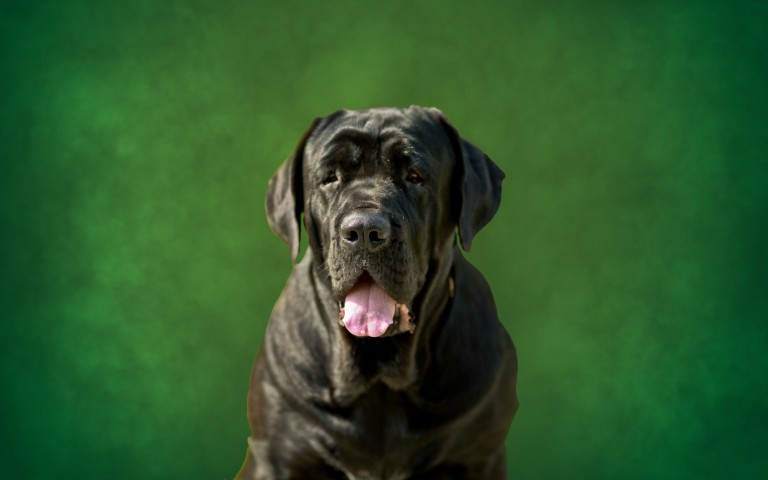
A wagging tail means a happy dog
A wagging tail means a happy dog
Dog behaviour
People say that a wagging tail means a happy dog. In fact, not all wagging is the same. A tail waving back and forth means a dog is anticipating something. A tail at mid-height, level or lower to the ground and wagging is indeed anticipating good things. A tail held straight up and slowly waving combined with a tightly closed mouth can mean “One false move and I will attack!” Stay calm but beware this one.
Remain still, keep an eye on the dog without making eye contact, and wait until the dog relaxes his body language or walks away. Then slowly remove yourself from the situation never turning your back on the dog.

Should you put your hand in front of a dog you don’t know
Should you put your hand in front of a dog you don't know?
Dog behaviour
If you put your hand in front of a dog you don’t know and the dog is fearful, it may think that a hand coming towards him is a threat, especially if he has been roughed up before. Keep your hands to yourself. If a dog wants to “know” you, he will come up and sniff you first. Remember, not all dogs care to make friends. Once their curiosity is satisfied with a sniff that may be all they need to know. (FYI, a dog’s sense of smell is about 1,000 to 10,000,000 times more sensitive than a human’s, depending on the breed).

Towards a new understanding of separation anxiety
Towards a new understanding of separation anxiety
Separation Anxiety
It’s a very common problem and perhaps the most heart wrenching of them all. You come home after leaving your dog alone for a few hours and find that he has destroyed some items in your home. Maybe one of your slippers has been ravaged like a chew toy or the TV remote control is in more pieces than the original ever was at the factory or the door that kept Coco in the spare room now has a doggie exit that was never there before (True story).
Or maybe a neighbour has complained that they heard your dog barking or even howling for hours while you were nowhere to be seen.
It is very human to believe that your furry friend was distressed to find himself abandoned. Some people even believe that their dog is angry that they’ve been left behind and is taking it out on their personal belongings.
We would like to suggest a different way of looking at what is happening. Consider the fact that, when a litter of puppies is born, their mother must occasionally leave them to get sustenance for herself so that she can produce the milk that keeps them alive. The pups instinctively stay quiet so as not to draw attention from predators. They know that Mom will come back to feed them. As they get more mobile, they learn not to follow her when she leaves, because she cannot keep them safe and hunt for food at the same time. The puppies trust that Mom knows best and their job is to stay behind and wait quietly for her return.
So it is natural for a dog to learn that its caregiver (or owner) must leave on occasion or even frequently in order for the family (pack) to survive. For this to happen, the human in the relationship must have a level of respect from the dog for the dog to have this trust.
Respect leads to Trust.
Stay tuned for more…
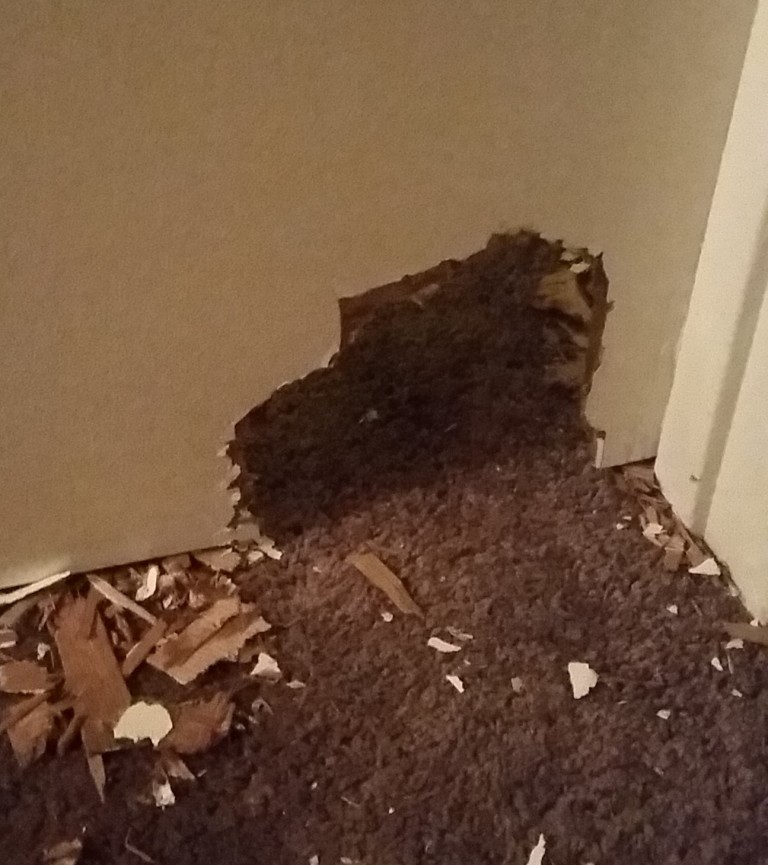
How can I calm my dog before a walk
How can I calm my dog before a walk?
Dog behaviour
Teaching your dog to wait for you to go through the door first will help her be a calmer dog. To achieve this, stand with your back to the door, facing your dog. If necessary, walk towards your dog to back her up. Do not pull her back with the leash. Take a quick glance behind to see the doorknob. Eyes back on the dog. Reach behind you and open the door. Wait calmly until your dog looks up at you. Say your dog’s name to help get her focus on you. Once she realizes that you won’t be rushed and relaxes, step across the threshold backward keeping your eyes on your dog. When you have good eye contact, give your release command.
It may take several minutes for your dog to understand that she needs to control her excitement. Consider this time period as part of your walk and shorten your actual walking time accordingly. This little exercise is brainwork for your dog and will tire her out just as much if not more than the walk you had planned for her. Give it a try!
